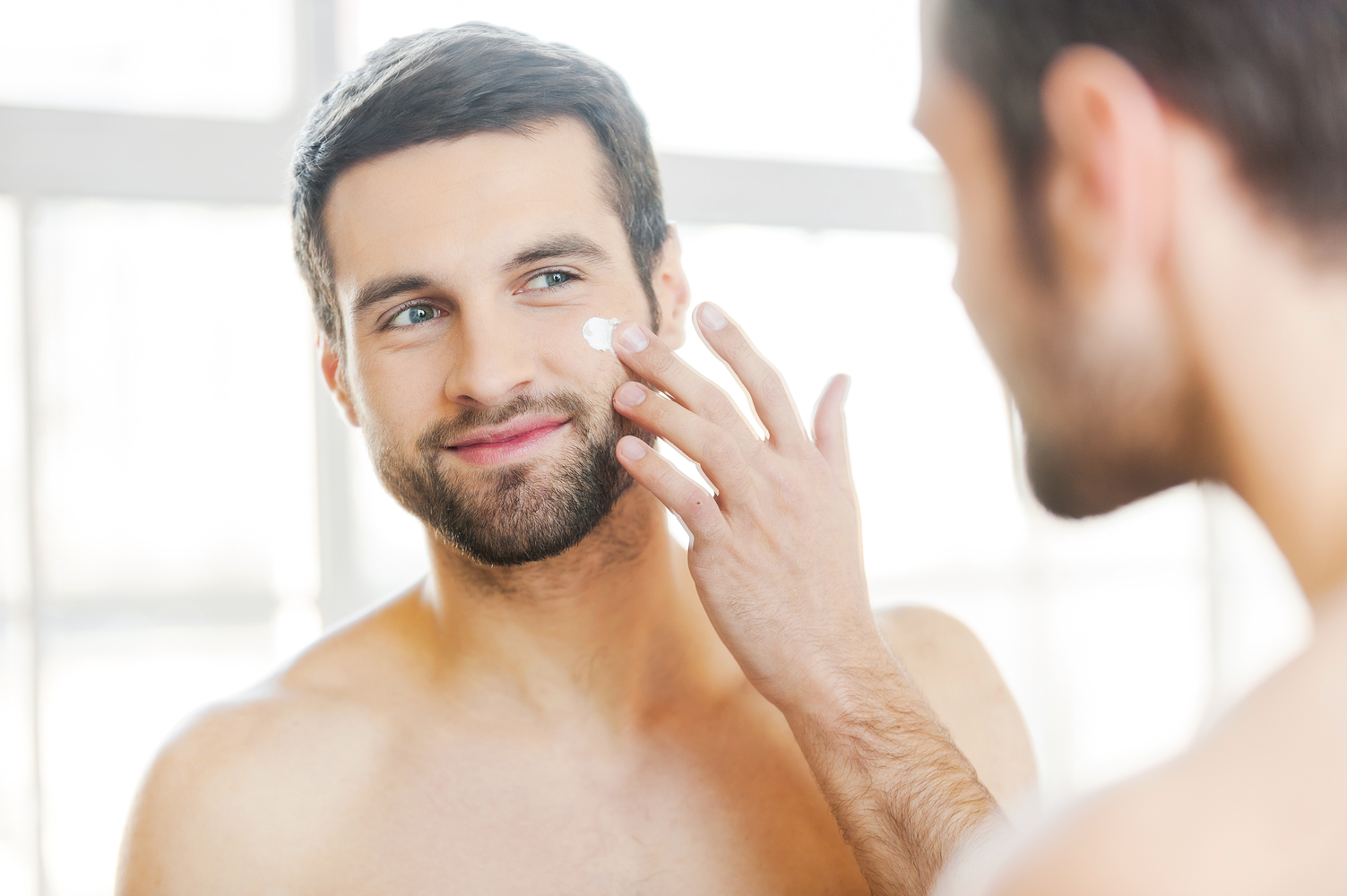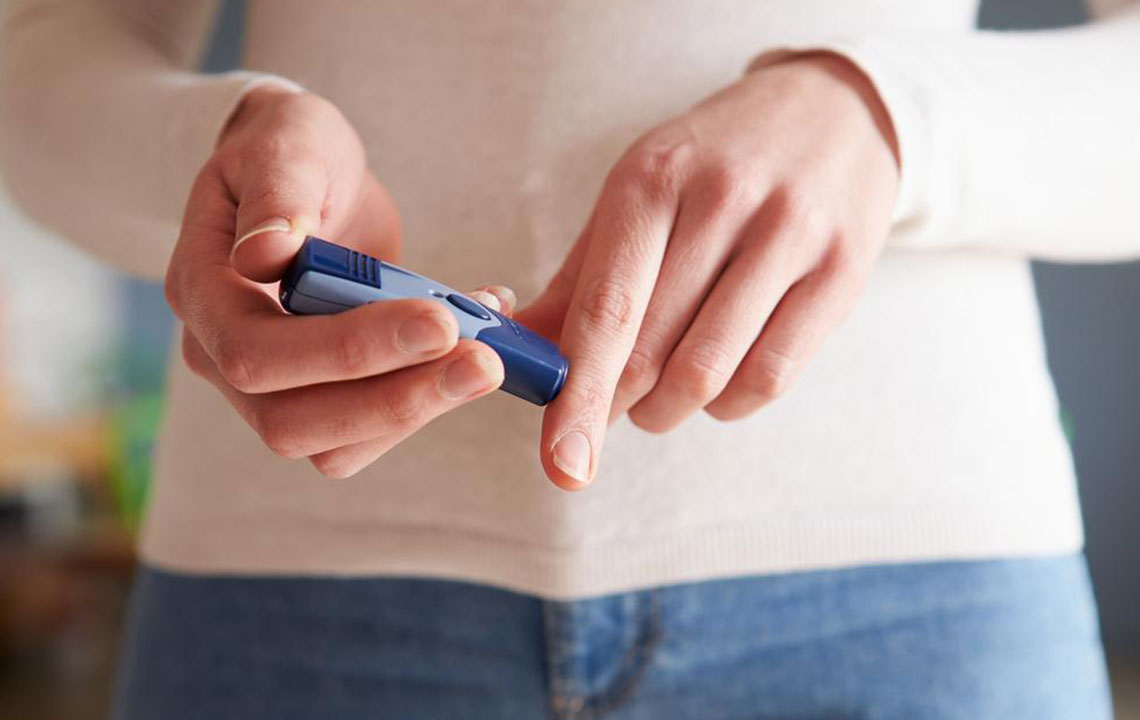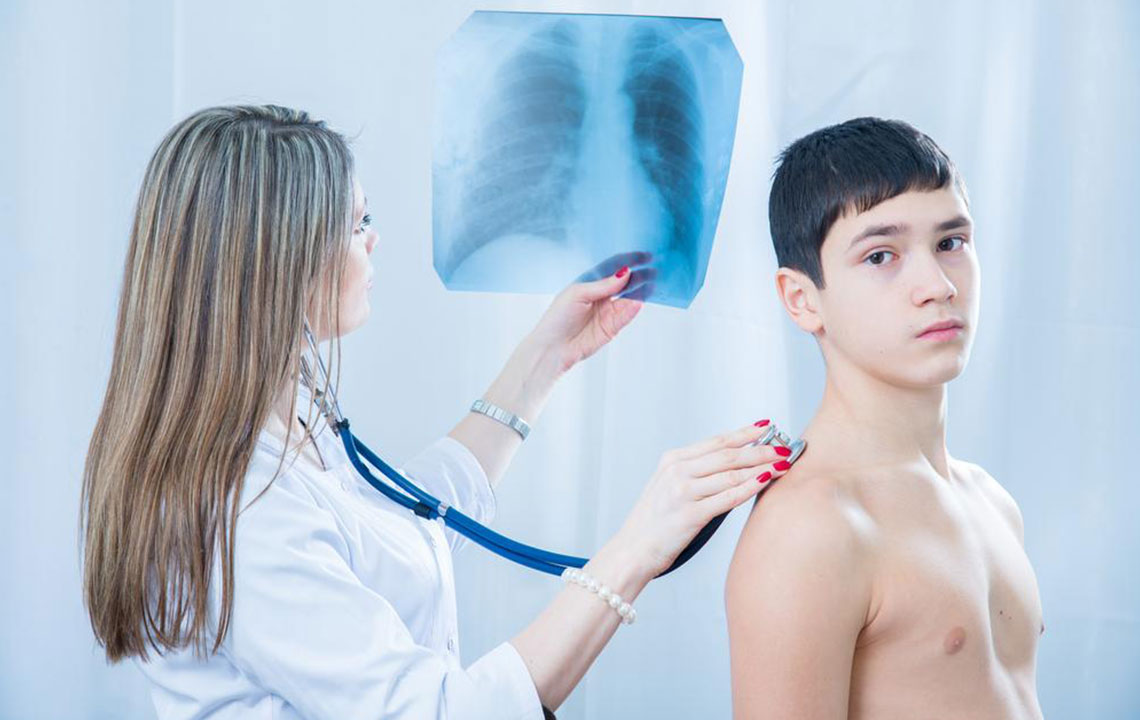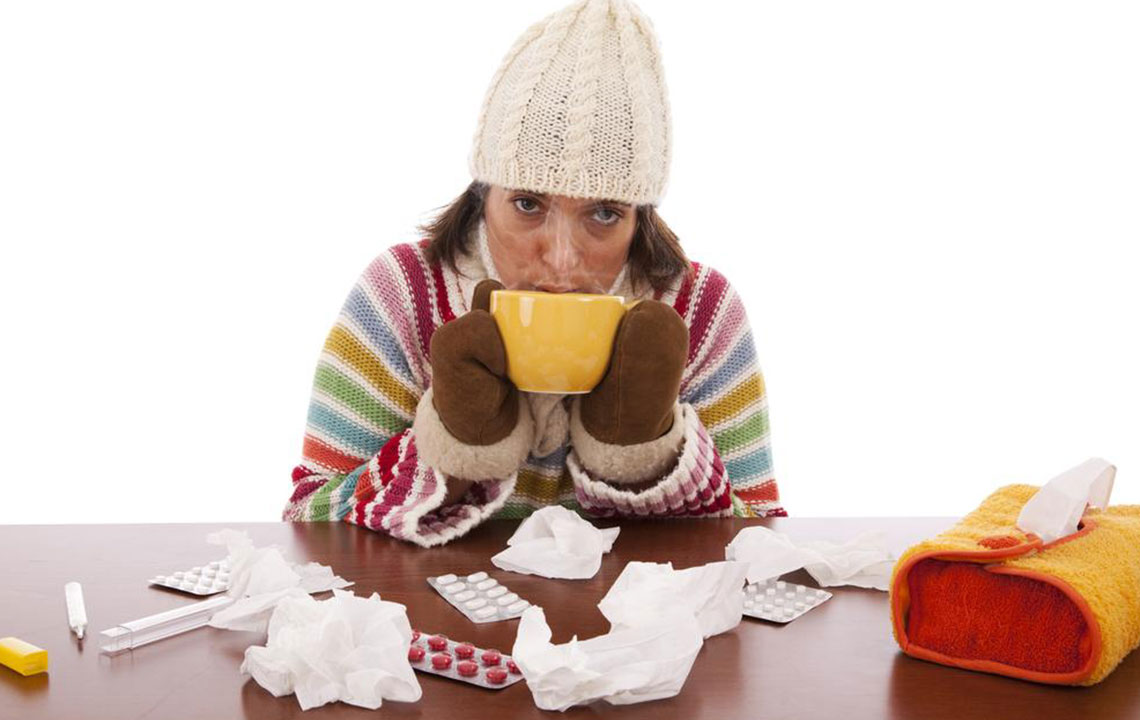Comprehensive Guide to Preventing and Managing Sweat Rash Effectively
This comprehensive guide offers detailed strategies for preventing and managing sweat rash, a common skin irritation caused by excess moisture, bacteria, and fungi. Covering causes, vulnerable groups, preventive methods, natural remedies like tea tree oil, and medical treatments, it provides practical advice to maintain healthy, rash-free skin. Learn how to keep affected areas dry, choose suitable clothing, and seek professional help if needed to effectively combat and prevent sweat rash in various environments and situations.

Thorough Strategies for Managing and Preventing Sweat Rash
Understanding Sweat Rash: Causes, Symptoms, and Treatment Options
Sweat rash, commonly referred to as intertrigo, is a skin condition characterized by red, inflamed patches that occur in areas where skin surfaces contact each other or remain moist for extended periods. It predominantly results from bacterial or fungal (candida yeast) infections that develop due to excessive sweating and moisture accumulation. This condition is especially common during hot and humid weather, or in individuals whose lifestyles involve prolonged perspiration.
The affected regions may include the underarms, behind the knees, beneath the breasts, groin areas, folds of the abdomen, and between fingers and toes. The primary cause involves bacteria and yeast thriving in moist, warm environments, leading to skin irritation, itching, and discomfort. Managing sweat rash requires a multi-faceted approach, including proper skin hygiene, keeping affected areas dry, and using suitable medications or home remedies. For severe or persistent cases, consulting a dermatologist ensures accurate diagnosis and tailored treatment plans.
Who Are Most Susceptible to Developing Sweat Rash?
Individuals with overweight or obesity tend to have more skin folds, providing a perfect environment for moisture and bacterial growth, thereby increasing the risk of sweat rash.
People with diabetes are more vulnerable due to compromised immune responses and higher chances of skin infections.
Users of braces, splints, prosthetics, or other medical support devices are at greater risk as these can trap moisture and cause friction.
Hot, humid climates with elevated temperatures significantly trigger sweat rash outbreaks.
Individuals suffering from overactive bladder conditions may experience increased sweating and moisture retention, raising their susceptibility.
Heavy perspiration without proper drying techniques promotes the development of rash and skin irritation.
Effective Preventive Steps to Avoid Sweat Rash
Choose loose-fitting, breathable clothing primarily made from natural fabrics such as cotton or linen, and avoid synthetic materials like nylon or polyester that trap heat and moisture.
Maintain excellent skin hygiene by showering regularly using antibacterial cleansers, and thoroughly dry skin folds and moist areas with absorbent materials or powders.
Implement the use of antiperspirants to reduce perspiration and wear supportive, well-fitted bras or loose garments that minimize friction and moisture accumulation.
Expose skin to fresh air daily, ideally for at least 30 minutes, to promote drying and reduce the build-up of sweat and bacteria.
Choose breathable, loose clothing, and avoid tight-fitting attire that can cause irritation and trap moisture, especially in hot weather.
Refrain from using skin-irritating creams or ointments that can occlude pores and worsen moisture retention.
Optimize weight management through balanced diet and regular exercise, which reduces skin folds and sweating, decreasing the risk of rash.
The Role of Tea Tree Oil in Treating Sweat Rash
Tea tree oil boasts potent antifungal and antimicrobial properties, making it effective against candida and yeast infections that worsen sweat rash.
Applying diluted tea tree oil can help reduce itching, redness, and discomfort associated with skin irritation.
It acts by disrupting the integrity of fungal cell membranes, aiding in the healing process of inflamed skin.
Always perform a patch test before topical application, especially for sensitive or damaged skin, to prevent allergic reactions.
For best results, apply the diluted oil 2-3 times daily, focusing on affected areas, but avoid overuse to prevent skin irritation.
Medications and Topical Remedies for Sweat Rash and Intertrigo
Over-the-counter absorbent powders such as talc or cornstarch help absorb excess moisture, keeping skin dry.
Barrier creams like zinc oxide paste or petroleum jelly create a protective layer, preventing bacteria and yeast from infecting irritated skin.
Antibacterial cleansers containing triclosan or tea tree oil reduce bacterial proliferation in affected areas.
Topical corticosteroids can ease inflammation and reduce itching, but should be used with caution under medical supervision.
Antifungal creams with soothing agents provide ongoing relief by addressing yeast or fungal infections.
In persistent or severe cases, particularly when secondary bacterial infections occur, healthcare providers may prescribe oral antifungals or antibiotics to fully resolve the rash.
How to Properly Diagnose Sweat Rash
Diagnosis primarily involves visual examination of the skin to identify characteristic redness, inflammation, and rash patterns.
If symptoms persist despite standard treatments, or if the rash worsens, consulting a dermatologist ensures accurate diagnosis and personalized treatment.
In some cases, laboratory tests or skin scrapings may be recommended to identify underlying infections such as bacterial or fungal pathogens.
Effectively managing sweat rash combines good personal hygiene, appropriate clothing choices, and targeted treatments. Recognizing susceptible individuals and implementing preventive measures can significantly reduce the occurrence of this common but uncomfortable skin condition. Whether through natural remedies like tea tree oil, or medical interventions, timely care ensures comfort and skin health. If symptoms worsen or persist, seeking professional medical advice is crucial for effective treatment and to prevent complications.





